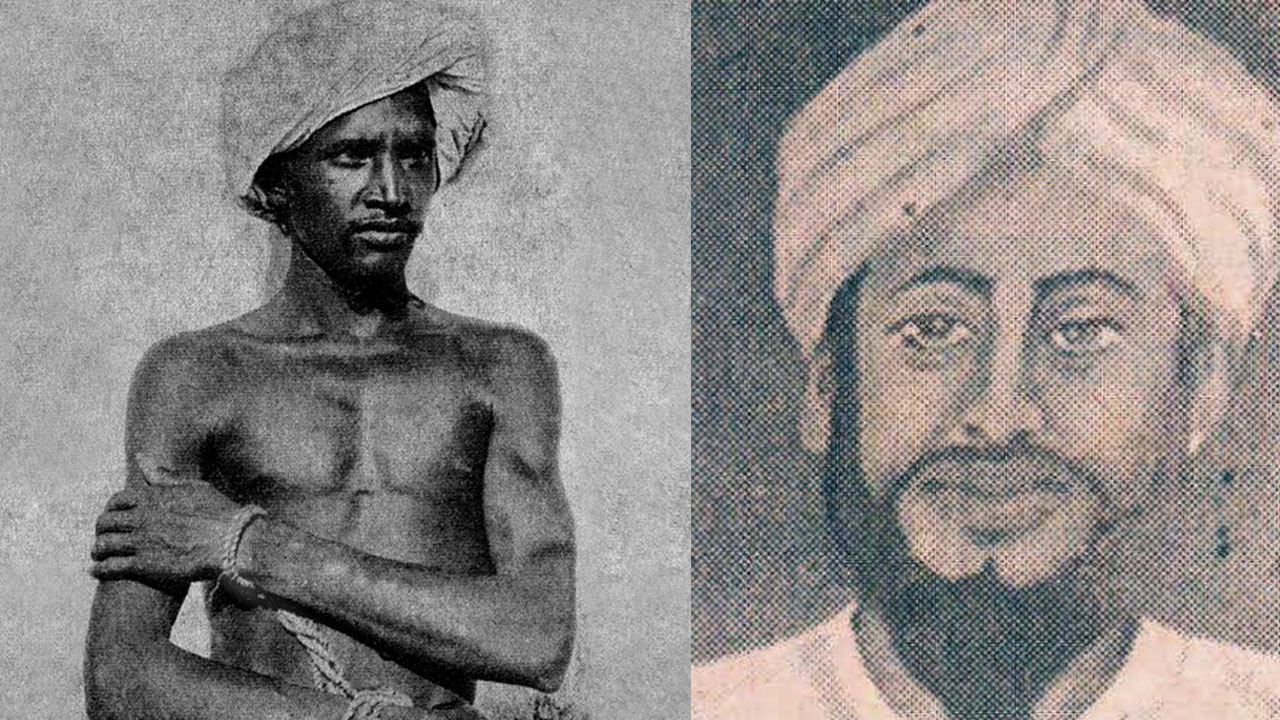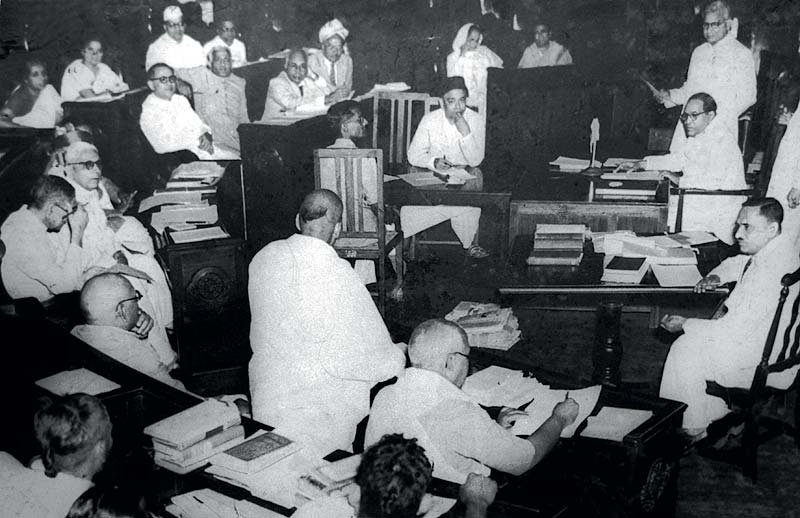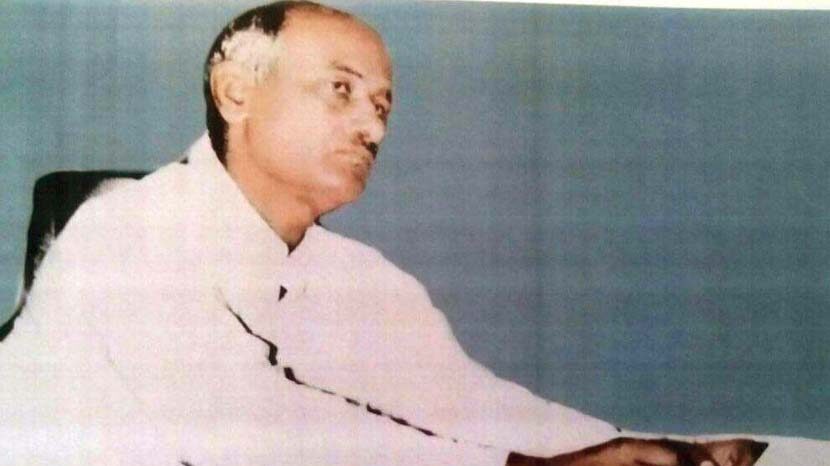From the mid-19th century onwards, the colonial state spent a lot of intellectual energy trying to understand caste and tribe, leaving behind copious amounts of literature written by ethnologists and administrators. These texts explain the dominant narrative that was prevalent around that time, when ideas such as the “martial race theory”, the “inward migration theory” and the “original inhabitant theory” were explained through the lens of Victorian anthropology. The census exercise, which involved enumeration of vast bodies of people starting in the 1880s, was a direct result of this intellectual activity. In the 1920s, categories of caste, tribe and religion were broken up into smaller categories, which to this day influence politics in the subcontinent.
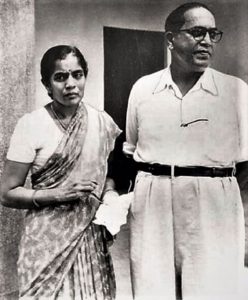
The construction of the Dalit identity owes its origins to the various views put forward by officials of the colonial state, ethnologists, nationalist leaders and leader of Dalit associations. Ambedkarism of the 1920s built upon earlier forms of activism while also emerging as a novel break from the caste politics of the earlier century. It is a well-established convention to write of Dalit politics as having a linear history, often anachronistically, from Jyotiba Phule to Ambedkar. The two to my mind represent opposite ends of a Dalit paradigm, connected in their contest against Brahmanism, but nuanced in the means of protest and the context of politics they found themselves in.
The colonial state was critical of the caste system, but used it to classify and enumerate social groups into definitive categories of caste and tribe. Within the rubric of anti-colonialism lay the politics of men like Ambedkar and Gandhi who held divergent views on the issue of untouchability. For Ambedkar, his firm belief in modernity led him to argue on behalf of social reform as a precursor to political reform. Modern laws, according to him, couldn’t be applied to a society that was unprepared to do away with its control over tradition.[1] Ambedkar’s demand for social reform was based on the everyday conflict with the upper castes that that “Untouchables” were drawn into, including for equality in places of work, in society, and for the annihilation of the caste system altogether. He disagreed with the method adopted by the Congress in addressing social exclusion. The party had spoken through its president W.C. Bonnerjee at the Allahabad Congress in 1892, when he said, “I for one have no patience with those who say we shall not be fit for political reform until we reform our social system. I fail to see any connection between the two.”[2]
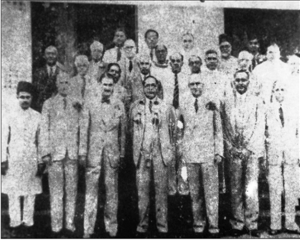
The socialists took on an economic determinist view with regards to social exclusion, believing that caste would melt away under the larger rubric of socialism. To this Ambedkar responded by saying that by ignoring caste in the analysis of class, the workplace would only go on to perpetuate caste differences.[3]
Ambedkar’s insistence on the annihilation of caste was absolute. He backed his arguments through several of his writings, often drawing on the Buddha’s teachings or attacking the Congress for its passive acceptance of untouchability. However, being a product of his time, that is modernity, Ambedkar saw no fault in keeping certain sections of society disenfranchised or excluded from political reform. The Eurocentric model of economic progress ranked societies and cultures on the basis of modes of production. Fanned by social evolutionists, those societies that appeared to be lagging behind on the civilizational ladder were often subjected to political and social exclusion. To quote Ambedkar from his deposition to the Simon commission in 1929, “The aboriginal tribes have not as yet developed a political sense to make the best use of their political opportunities and they may easily become mere instruments in the hands of either of a majority or a minority and thereby disturb the balance without doing any good to themselves.” [4]
By looking at the tribes as distinct from castes, Ambedkar, like many others before him, drives a wedge between the “civilized” and the “uncivilized”. Such an approach exposed a vast body of people to pacification campaigns even though they culturally and religiously share deep affiliations with the settled castes.
For Gandhi there could be no nation without religion. He said, “I do not believe that religion has nothing to do with politics. The latter, divorced from religion is like a corpse, only fit to be buried.”[5] Quoting W.W. Hunter (a late 19th– and early 20th-century ethnologist), he says, “India was never in need of a poor law, caste-regulated service in the event of death, disease and poverty.”[6] Hunter was of the opinion that old institutions should be studied, investigated and revived. This seemed acceptable to Gandhi who upheld the Hindu faith and argued against the conversion of Hindus into other religions. Treating the Hindu philosophical view as sacrosanct, Gandhi felt that the prevalence of untouchability was an internal matter of the Hindus, who were expected to rid themselves of ideas of purity and pollution that prevented them from dining and touching untouchables.
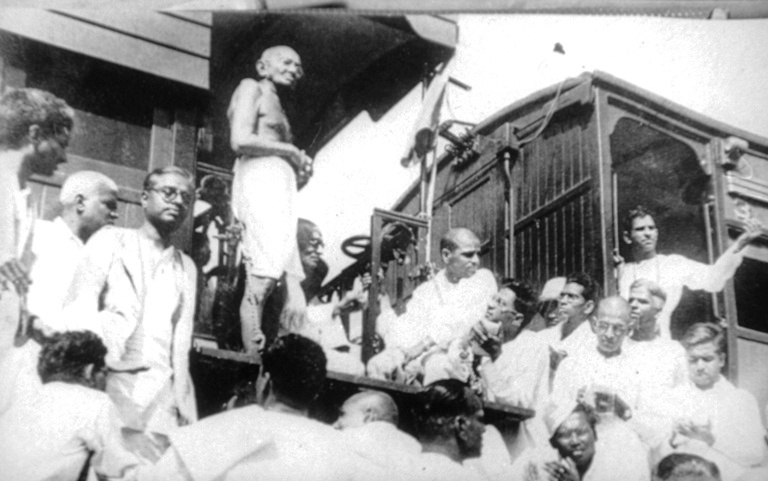
In his reply to Ambedkar’s essay “The Annihilation of Caste”, he upholds caste by referring to it as an ancestral duty where answering to one’s calling was not wrong. Blaming the corruption of the Hindu religion, he said Ambedkar was referring to texts that lacked authenticity and overlooking the famous saints who professed the same faith.[7] Here he refers to Chaitanya, Jnyandeo,Tukaram,Tiruvalluvar, Ramkakrishna Paramhansa, Raja Ram Mohan Roy, Maharishi Devendranath Tagore and Vivekananda.[8] On the question of the Untouchables, he refers to them as “Bhangi”, and “Antyaja”, and goes a step ahead of Ambedkar in presuming that lower castes needed to be Hinduized.
It becomes clear that the modernizing or sedentarizing narrative pushed forward by the colonial state had found agreement in the speeches and works of Gandhi and Ambedkar. If Ambedkar was for enfranchising the Tribals through the appointment of a statutory commission, Gandhi was for Hinduizing the Bhangi and Antyaja. Gandhi’s support for the Vedic stricture “each according to his birth” is similar to the racially determined theories laid down by colonial ethnologists.[9]
Two approaches to excluding Tribals
The Indian Statutory Commission (Simon commission) was set up as an extension of the Montagu-Chelmsford reforms of 1919 and was meant to submit a report on the effects and readiness of constitutional reforms in the sub-continent. The commission was to submit a detailed report on the state of education, on local governments and the conditions for franchise. To understand Ambedkar’s deposition before the commission one has to consider the views of the colonial state and the parameters it set for eligibility for the franchise.
Rules on the eligibility of voters in most municipalities in the province were made in 1886 and remained practically unchanged until 1917. Voters were required to be at least 21 years of age, and to ordinarily reside or run a business, or possess immovable property, and be brought within municipal taxation. The rules also made allowances for alternate qualifications such as[10]:
(1) Possession of immovable property of a specified value within municipal limits: in most cases the minimum value was Rs200, but in some of the larger towns it was Rs300 and more
(2) Payment of rent, usually not less than one rupee a month but in the larger towns not less than two rupees a month
(3) Receipt of a specified minimum income, usually of Rs10 a month but in the larger towns of Rs15 and more, up to Rs25 a month
(4) Possession of certain educational qualifications with or without a specified minimum income: usually the qualification was that of having passed the Middle School Examination, but in the larger towns that of having passed the University Entrance Examination.
(5) Payment of a minimum amount of land revenues usually Rs25 a year
In 1917, the revision of the election rules of all municipalities was taken up and during the next two or three years rules were revised with regard to the qualifications of voters in most towns. The eligibility criteria remained the same as before, but generally, except in respect of the land revenue, the cut-off value of immovable property or rent or income or standard of educational qualification was increased. Thus, in 55 municipalities, the qualifying value of immovable property was raised to Rs800 or more, in 57 municipalities the minimum monthly rent was raised to Rs2 or more and in 45 municipalities the minimum qualifying income was raised Rs20 or more. At the same time plural voting was abolished.[11]
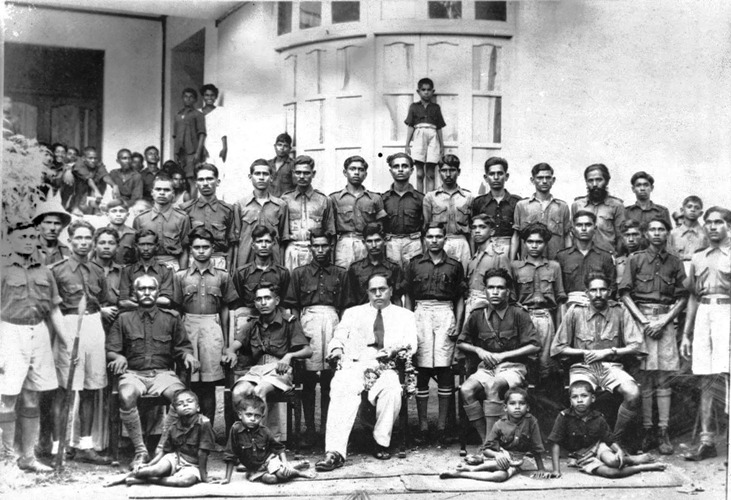
When the Simon commission was examining the issue of the franchise towards the late 1920s, depositions were accepted from various classes. Ambedkar argued for extending the franchise to the Dalits, but was keen to leave out the Tribals as he thought them unfit to be given the right to vote. If for the commission, property ownership was key to be eligible for the franchise, for Ambedkar, the wild and uncivilized ways of the Tribals ruled them out.
Assimilate or exclude Tribals?
Attempts at controlling the economic activities of Tribals had began in the earlier century but in the period after the 1920s, the attitude had changed to providing autonomy to those tribes that carried out shifting cultivation[12], and were said to have “distinct” religious and cultural practices[13]. By the 1930s, the state’s strategy had become to put tribes into spheres of control. Notwithstanding these changes in attitude of the State, those sections of the tribal population like the Santhals, who took to education, modern laws and settled agriculture, were said to be moving towards a more civilized way of life. According to G. S. Ghurye, “Forest policy in the central provinces was influenced by the nature of resources present there, and the people who resided in the very tracts were meant to be utilized for resource extraction.”[14] By the mid-19th century, the state had introduced regulations to control the economic activity in the central provinces.
The interest in carving out excluded areas as zones of freedom marks a shift in the approach towards social categories. While earlier, the liminal relationship between caste and tribe was placed on record in the voluminous census records and the writings of colonial ethnologists, the 1920s see a marked difference in the categorization of social groups and the State’s response to them. Several intellectuals writing in the 1930s dealt this question of “assimilation” and “exclusion”. G.S. Ghurye argued for assimilation and was supported in his views by A.V. Thakkar, who agreed with the term “assimilation”, rather than isolation. There were others such as Verrier Elwin who argued instead for autonomous zones. Treating tribes as distinct in their way of life, Elwin was quick to point out the “liberated woman”, and the innocence and the honesty that the Baigas possessed. He was worried about the invasion of untouchability, child marriage and a rupture in tribal solidarity if the tribes were assimilated into Hindu society. “The life of the true aboriginal is simple and happy, enriched by natural pleasures. For all their poverty, their days are spent in the beauty of the hills … the life of their children in the village dormitory is described as beautiful as a bison’s horns, lovely as a horse’s throat.”[15]

If the tribes were meant to be assimilated or kept in autonomous zones, Gandhi’s diktat on assimilating lower castes found resonance in J.H Hutton’s Caste in India.[16] Hutton investigated the “exterior castes” and ways in which they can be made more acceptable within Hindu society. He evaluated the acceptability of backward castes in the Hindu fold thus:
- Whether the caste or class in question can be served by clean Brahmans or not.
- Whether the caste or class in question can be served by the barbers, water carriers, tailors, etc, who serve the caste Hindus
- Whether the caste in question pollutes a high-caste Hindu by contact or by proximity.
- Whether the caste or class in question is one from whose hands a caste Hindu can take water.
- Whether the caste or class in question is debarred from using public conveniences, such as roads, ferries, wells or schools.
- Whether the class or caste in question is debarred form the use of Hindu temples.
- Whether in ordinary social intercourse a well-educated member of the caste or class in question will be treated as an equal by high-caste men with the same educational qualifications.
- Whether the caste or class in question is merely depressed on account of its own ignorance, illiteracy or poverty, and but for that, would be subject to no social disability
- Whether it is depressed on account of the occupation followed and whether but for that occupation it would subject to no social disability.[17]
Hunter was writing a few years after Independence when the questions over the backward castes were being debated in the Constituent Assembly. It becomes clear that social groups can only be a caste or tribe, excluded or assimilated. The way social groups are marginalized by the census and later appropriated under the same categories of the Indian state shows the failure on the part of the intellectuals who readily accepted the colonial categories of caste and tribe.
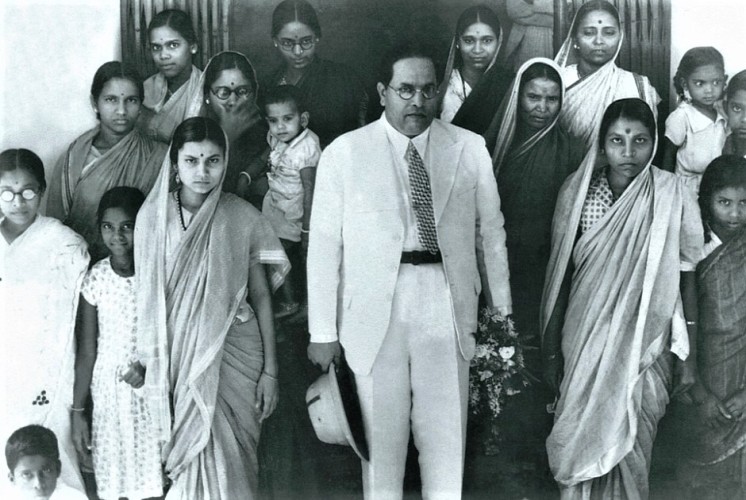
The census created new categories that were otherwise fluid and liminal. Notwithstanding this, the challenge to Brahmanism and state hegemony from the marginalized was also an outcome of the same exercise. The census lent weight to the Dalit and tribal identity, since the enumeration of an entire population for the first time made communities aware of their strength in numbers. This is not to deny that religion-supremacist groups also based their politics on their majoritarian strength. The significance of the Hindu Mahasabha and the Tabligh-i-Jamaat in the 1920s can be read within this emerging trend in politics.
The mass mobilization of Hindus who demolished the Babri Masjid in 1992, the riots in Gujarat in 2002, all point to the binaries created between the majority and the minority. To investigate these binaries is to go back to the census and understand the contemporary roots of communalism and sectarianism. The census may have introduced a shift in caste and communal politics but the narrative of politics continued to remain prisoner to the 19th-century notions of race and ethnicity. Today, a feeling of historical wrongs continues to drive community formation, which often leads to mass mobilization and demand for reservation. The Patidars in Gujurat and the Jats in Haryana have most recently agitated along these lines.
[1] B.R. Ambedkar, Annihilation of Caste, 1 December 1944, New Delhi; last modified 12 July 2015. http://www.ambedkar.org/ambcd/02.Annihilation%20of%20Caste.htm
[2] Extract of speech of W.C. Bonnerjee (1882) in The Doctor and the Saint (2013), New Delhi: Navayana, p 213.
[3] B.R. Ambedkar in his delivered speech “Annihilation of Caste” (1944), in The Doctor and the Saint (2013), New Delhi: Navayana, p 213.
[4] Ibid, p 249.
[5]Selected works of M.K. Gandhi, ed Ronald Duncan, Faber and Faber, p 127, London; accessed at http://www.mkgandhi.org/ebks/SWMGandhi.pdf
[6] Collected works of M.K. Gandhi (cwmg), Speech at Rajkot, 25 September 1919, www.mkgandhi.org
[7] Annihilation of Caste, p 326.
[8] Ibid, 328.
[9] B.R. Ambedkar (1944), Reply to Mahatma Gandhi, Appendix 2, Annihilation of Caste, http://www.ambedkar.org/ambcd/02.Annihilation%20of%20Caste.htm#a02
[10] Indian Statuary Commission (1930) in the memorandum submitted by the Government of Punjab, Vol 10, p 135, www.gipe.ac.in
[11] Ibid
[12] G.S. Ghurye, The Scheduled Tribes of India (1963)
[13] Parliamentary debates, Fifth series, Vol 299, col 1395-1401, ‘If at this moment we decide on a ring-fence policy and segregate as many areas as we can put off to a later date the chance of assimilating the backward areas in the general policy of India’, in Ghurye (1963)
[14] Ibid
[15] Verrier Elwin, The Aboriginal (1943), London: Oxford University Press
[16] J.H. Hutton, ‘Exterior Castes’ in Caste In India (1963). Oxford: Oxford University press
[17] Ibid, 195
Based in New Delhi, India, ForwardPress.in and Forward Press Books shed light on the widespread problems as well as the finer aspects of Bahujan (Dalit, OBC, Adivasi, Nomadic, Pasmanda) society, literature, culture and politics. Next on the publication schedule is a book on Dr Ambedkar’s multifaceted personality. To book a copy in advance, contact The Marginalised Prakashan, IGNOU Road, Delhi. Mobile: +919968527911.
For more information on Forward Press Books, write to us: info@forwardmagazine.in

